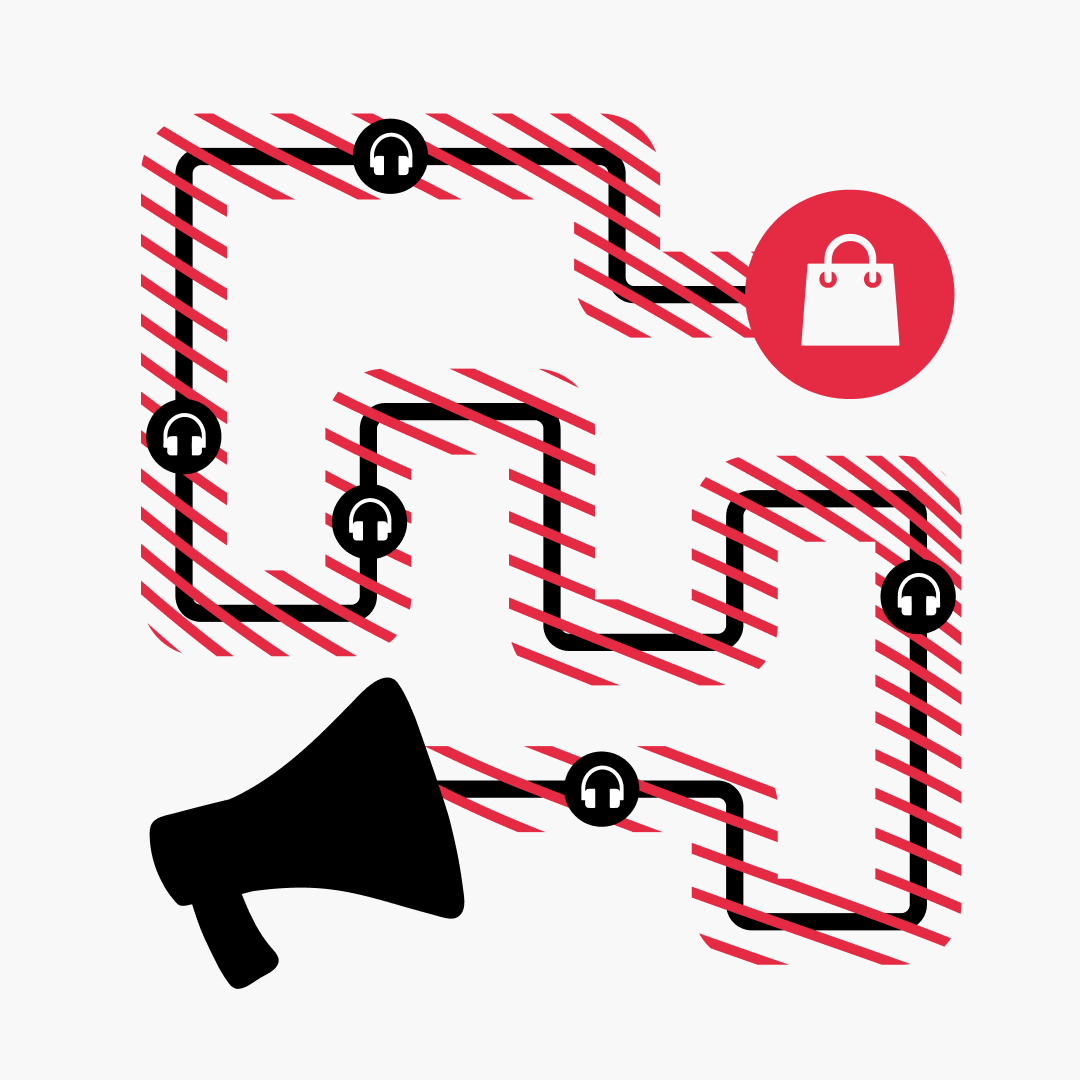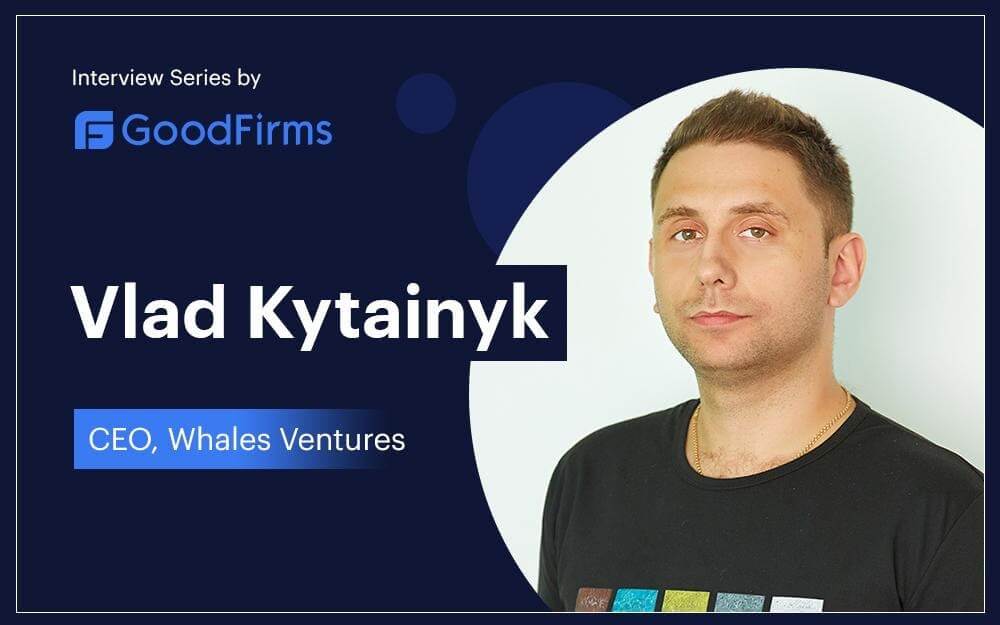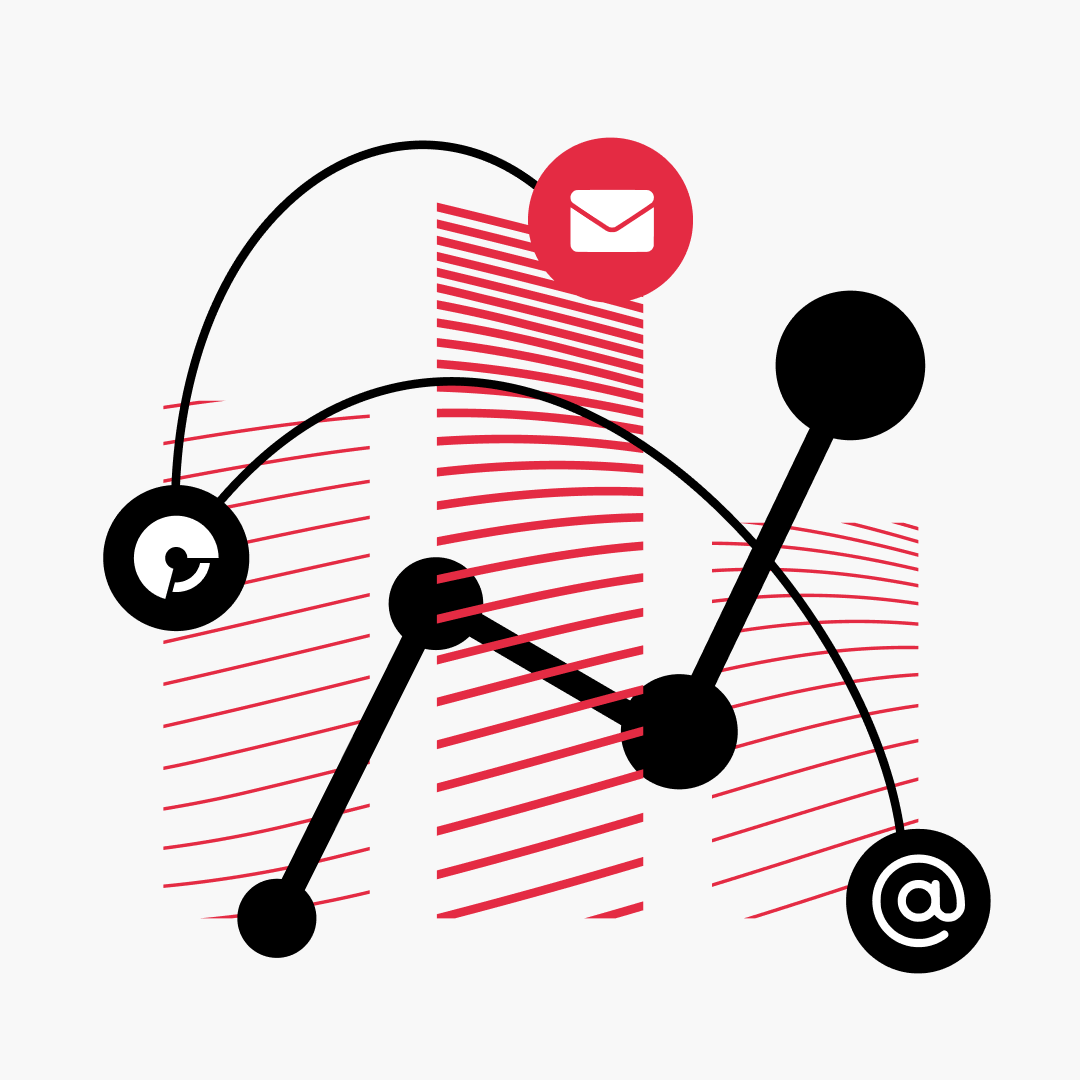Storytelling in Marketing: Benefits & Inspiring Examples
Roger Schank, an American AI theorist, and cognitive psychologist, said, “Humans are not ideally set up to understand logic; they are ideally set up to understand stories.” In their book Made To Stick, Dan and Chip Heath, who both teach business strategy and organization, ran an experiment at Stanford University, which showed that 63% of people recall a story shared in a presentation, but only 5% remember a statistic. Brands that tell stories and grip their audience sell more. Let’s see how you can use storytelling for your business.

How To Use Storytelling In Digital Marketing
The formula for using storytelling in digital marketing is simple: choose a narrative and wrap your brand message in it. Your main goal is to make a customer feel something – in contrast to statistics – and inspire them to act.
In digital marketing, storytelling takes the form of pictures, writing, and even film. You can share stories across all channels, from social media and email to display ads. Here are some of the most common storytelling approaches:
- Data-driven storytelling. Leveraging any available data to create easy-to-grasp stories. We’re programmed to process visuals faster than text and remember images better. It’s just human nature. Use visualizations, dashboards, infographics, and other elements to motivate users to sign up for your newsletter or complete a purchase.
- Customer-centered storytelling. User-generated content on platforms like Instagram, Facebook, Twitter, and Tiktok can sell your product faster than expected and gather a community of loyal customers. For one, utilize users’ product reviews to fill in the blanks in your brand’s messages. And also, give your audience a way to share their stories involving your product.

Why You Need Storytelling To Market Your Products
We can stick to the traditional benefits like “achieving brand recognition” and “boosting sales.” But, storytelling in digital marketing can kill more than two birds with one stone.
It reduces the distance between the brand and customers
The power of storytelling is about making your brand messages relatable and more authentic. If every audience had the same level of industry knowledge that some marketers do, that would be groundbreaking. However, not all customers grasp the marketing jargon. Instead, they look for messages they can connect to. Storytelling simplifies your product, making it easy to remember. Share why you created your product and what problem it solves sincerely and creatively, and express your values and mission through a specific story. Users will view your brand as more memorable.
It takes away the extra assertiveness
Sometimes, direct marketing is the right step, but not a great first impression for the most part. You wouldn’t start selling your offer just after meeting someone, would you? Contrary, storytelling acts as a means of communication and learning about your audience’s preferences.
It brings people together
You can foster a community of like-minded brand supporters by elevating your brand with stories. Stories are universal and naturally personal. And, they’ll have some cues to hang onto when choosing between multiple brands.
How To Shape Smooth Digital Stories
Storytelling can fit any format, whether an email, a paid ad, or a blog post, especially followed with the employee experience. You can use your starting journey as a basis for your narrative. Read this interview with Whales Ventures’ CEO Vlad Kytainyk, for example. You’ll see how personal insights add value to the brand.
Ready to get to work? Just follow these steps:
- Write the main story of your brand. The formal side of marketing deals with product information, sales, and customer feedback. But that’s not what we’re aiming for. Think about where brand values, product information, and customer awareness connect. Figure out your brand’s voice, purpose, and narrative, and show your users why they need you and how you’re cooler, prettier, and overall better than someone else.
- Find your crowd. While users love their issues solved, your end goal is to go beyond that. Build long-standing relationships and ultimately become their friend. At the bottom, your company is the humans that are in it. Show what you all stand for – that’s how it works when you’re gathering a community of brand ambassadors.
- Show, not tell. This advice is time-tested, and we’re all used to reading about how amazing products are. So instead of doing that, show another side of it. The one where customers go, “oh, that’s me.”
- Augment your story. Imagine it this way: your bigger brand story is the backbone. It has the brand’s mission, plus the crazy story of why you started this. But that one story’s not enough to market. So add layers with more digital narratives to show more sides of your company. Even better if you can build different stories for each buyer persona or industry. Don’t we all love feeling special?
- Be consistent. A key message, audience awareness, cues to incite a target reaction from customers, clear brand values, and a call-to-action. That’s the basic recipe. Make it fancier with character, and you’ll be good.

Next, Storytelling Examples
We can’t leave you without some inspiration to set you up for a good digital story.
Here’s how other businesses tell their stories:
- Barclaycard promoted entertainment bonuses for its cardholders through video. The company created two mini-films, showing the couple’s perspectives on having fun at events. The man was having the time of his life at a music fest. At the same time, his wife had little to no interest in that and fantasized about visiting a wrestling ring. By telling a story like this, Barclaycard stated that they offer savings on hundreds of events, so no one has to fight, compromise or miss out.
- Noah Kagan, the founder of AppSumo, runs a YouTube channel to share his own experiences working with businesses in the B2B sector. He combines industry insights with personal stories. A great way and simple way to incorporate storytelling into your marketing strategy.
- Patagonia utilizes video to tell real stories of their customers’ lives. The brand shares Youtube videos and shorts on its Instagram. They show how Patagonia products stay with their customers for years and impact their lives in one way or another. Patagonia also shares written customer stories in their blog.
- Vodafone created a video story about the unlimited sides and opportunities the brand’s customers can access. Product value and creativity in one ad? That’s an ideal recipe.
Final Words
While we utilize more technology than ever, a good story captivates customers as no data could. It doesn’t matter as much how you tell stories: through video, blog posts, emails, or SEO. A captivating plot and points your customers can relate to get the job done. Before delving into storytelling, you better run a market & competitors analysis and audience research.
Want to tell gripping stories that resonate with your audience?
Our creative team will help you with that.
Contact






